Being one of the four most crucial and extremely sacred destinations in the Char Dham Yatra circuit, Badrinath holds immense spiritual relevance for Hindu devotees and pilgrims.
Badrinath is visited by numerous pilgrims who flock here to offer their prayers to the presiding deity, Lord Vishnu. To make your trip to the sacred place in the tricky terrains of the Himalayas easier, opt for our Badrinath tour packages and go on the trip of your dreams. You get VIP Darshan, meals, accommodation, and transport. To know more, give us a call!
Popular Badrinath Travel Packages 2025
We bring you a plethora of options to choose and pick from as per your budget and tour planning allows. From offering you to visit the Do Dham Yatra by car, 3 Dham Yatra, Badrinath Yatra by helicopter to Panch Badri Yatra and Badrinath Dham Yatra from Delhi, we bring you an array of packages to experience the divinity of the Lord. Badrinath temple is located at an elevation of 3,100 metres and seated comfortably on the banks of the river Alaknanda. A visit here is not only spiritually enlightening but is also a haven for adventure seekers and nature lovers as well.
Know about Badrinath Dham
Badrinath Temple, Badrinath History, Geography of Badrinath, Badrinath Route Map, Badrinath Weather, Festivals of Badrinath, Places to visit in Badrinath
Badrinath Tour Itinerary
Here’s a typical Badrinath tour package from Delhi plan:
Day 1: Delhi to Haridwar
- You’ll be driven to Haridwar via Meerut
- Enjoy a visit to Har Ki Pauri and Ganga Aarti in the evening
Day 2: Haridwar to Joshimath
- Drive through Devprayag. Soak in the views of confluence of Alaknanda and Bhagirathi.
- Reach Joshimath by evening and overnight stay there.
Day 3: Joshimath to Badrinath
- Early morning drive to Badrinath
- Visit Tapt Kund, Badrinath Temple, Brahma Kapal
- Overnight stay at Badrinath
Day 4: Badrinath to Rudraprayag
- Return journey begins
- Drive to Rudraprayag with stopovers at Narsingh Temple and Shankaracharya Math at Joshimath
- Overnight stay at hotel
Day 5: Rudraprayag to Rishikesh
- Drive to Rishikesh
- Attend Ganga Aarti
- Overnight stay
Day 6: Rishikesh to Delhi
- After breakfast, return to Delhi
- Drop off at airport/railway station
We also offer a Badrinath tour with Mana village sightseeing!
Badrinath Tour Package Cost
We offer a range of Badrinath packages, whose prices differ based on departure location, duration, and travel mode. Here’s the cost of Badrinath tour packages:
| Package | Starting Point | Duration | Cost (per person) |
|---|---|---|---|
| Badrinath Yatra Package | Haridwar | 5 Days | INR 12,900 |
| Badrinath Yatra by Car | Haridwar | 5 Days | INR 17,400 |
| Badrinath Yatra from Haridwar | Haridwar | 3 Days | INR 11,900 |
| Badrinath Yatra by Helicopter | Dehradun | 1 Day | INR 1,10,000 |
| Panch Badri Tour | Haridwar | 7 Days | INR 20,900 |
Best Time to Visit Badrinath
The best time to visit Badrinath is from May to June and September to October when the weather is pleasant, with temperatures ranging from 10°C to 25°C. During these months, roads are accessible, allowing for easier travel to the sacred Badrinath Temple and nearby attractions. This period also coincides with the peak pilgrimage season, offering a vibrant atmosphere enriched by cultural festivities and lush Himalayan landscapes.
May & June
- This is the peak season, so expect a crowded pilgrimage.
- This period marks late spring to early summer in the Dham.
- You’re treated with gorgeous views of beautiful Himalayan landscapes as snow has just begun to melt.
- You are welcomed with clear skies and fresh mountain air.
- The temperature during the daytime stays between 12°C to 18°C.
- The nighttime is a bit colder with temperatures dropping to the range of 4°C to 8°C.
- Pack warm clothes to brave the cold.
September & October
- This season is post-monsoon and autumn.
- Expect a peaceful pilgrimage, as there are fewer crowds.
- The daytime temperature ranges from 10°C to 16°C.
- The temperature during the night is quite low – 2°C to 6°C.
- You’re greeted with the lush greenery of the post-monsoon.
- Carry thermal layers (vests, sweaters, and jackets).
Also, we advise booking your Badrinath Yatra package in summers and autumn only. Going there in monsoons is risky due to heavy rainfall and the slippery roads.
Badrinath Weather Guide
Badrinath experiences different temperatures and weather in different seasons. While some seasons make an excellent candidate for pilgrimage here, others are just a no-no. To help you book your Badrinath tour package in the best season, here’s the weather summary of the sacred Dham:
- Badrinath experiences a cool and pleasant climate during summer, with temperatures ranging from 12°C to 18°C, making it ideal for pilgrimage and sightseeing.
- Monsoon brings heavy rainfall, resulting in road blockages and a constant risk of landslides. The roads get slippery, making it dangerous to drive. It’s highly advised against doing your pilgrimage in this season.
- Post monsoon is another great period for the tour. You get pleasant weather with lush green valleys.
- Winter brings extremely cold weather, with temperatures often plummeting below freezing. It is often accompanied by heavy snowfall that blankets the town and covers the Himalayan peaks.
How to Reach
Going on a Badrinath tour? There are various ways via which you can reach the sacred Dham. Here’s a quick transport guide for this Ek Dham Yatra:
- By Air: First, take a flight to the Jolly Grant Airport in Dehradun, the nearest airport to the Badrinath temple. However, it’s still about 325 km away from it. To cover this rather lengthy distance, you can either hire a taxi or take a bus to reach Badrinath.
- By Rail: Take a train to Haridwar, which is located around 285 km from Badrinath. To reach the shrine, take the road route. You can take a taxi/bus on the route that goes via Chamoli. There are also several Badrinath Tour packages that start from Haridwar.
- By Road: Badrinath is very well-connected by roads. There’s National Highway 58 which runs through Chamoli, Joshimath, and Govindghat. The highway offers good road conditions. You can self-drive or hire a cab. Bus services are also available for this route.
Places to Visit around Badrinath
Visiting Badrinath should be more than just visiting the shrine. Add these places to your Badrinath tour package itinerary for a full-fledged tour. Thank us later!
| Place | Description |
|---|---|
| Mana Village | This is the last Indian village, situated near the India-Tibet border. While you’re there, don’t miss out on Vyas Gufa, Ganesh Gufa, and Bheem Pul. |
| Vasudhara Falls | Just a short trek away from the Mana Village, this picturesque waterfall enchants visitors with its natural beauty. It’s believed that water from the fall touches only those who are of a pure heart. |
| Neelkanth Peak | This majestic peak is also called “Garhwal Queen” for its striking beauty. Beautifully towering tall over the Alaknanda Valley, it really elevates the whole vibe of the tour! |
| Valley of Flowers | You can find over 500 species of plants, such as are blue poppy, Brahma Kamal, and cobra lilies. It’s also a home to the Asiatic black bear, brown bear, snow leopard, red fox, and blue sheep. |
| Joshimath | Often a part of Badrinath tour package, it is the winter seat of Lord Badrinath. Moreover, it also serves as a hub for outdoor activities like skiing and treks & adventure. |
| Satopanth Lake | This triangular lake is known for its breathtaking beauty. It’s believed that the Trimurti (Brahma, Vishnu, and Mahesh) used to bathe in this lake on auspicious days. |
The travel package for Badrinath is among the most sought-after packages in India, making it a prime centre of spirituality.
What to Pack?
Coming to Badrinath requires some preparation on your end. Owing to its location in the Garhwal Himalayas, pilgrims have to bear cold weather and navigate hilly terrains. Make sure you pack the following items to enjoy the Badrinath trip package to the fullest:
- Warm Clothing: Warm layers, consisting of thermal vests, sweaters, and a heavy jacket
- Comfortable Footwear: Sturdy shoes for easy walking
- Rain Gear: Umbrella, raincoat, and waterproof jacket
- Medications: Basic first aid kit and any personal medicines
- Sun Protection: Sunglasses, moisturiser, sunscreen, and SPF lip balm
- Toiletries: Toothbrush, toothpaste, hand sanitizer, and wet wipes
- Flashlight: Torch or flashlight with extra batteries
- Power Bank: For charging devices
- Water Bottle and Snacks: Stay hydrated and carry carbohydrate-rich snacks
- Identification and Documents: ID, Yatra slip, hotel bookings, and emergency contacts
Things to Do
Here are some key activities and experiences to consider on your Badrinath Yatra tour package:
- Visit Badrinath Temple: Explore this ancient temple that houses the self-manifested idol of Lord Vishnu. Enshrined by Adi Shankaracharya, the temple’s architecture and colourful façade impress the tourists in no time.
- Bathe in Tapt Kund: Bathing in this naturally occurring hot spring is customary before visiting the shrine. It’s believed that the Kund has medicinal properties and is especially helpful for skin ailments.
- Explore Mana Village: This is the last Indian village that lies close to the Tibet border. People visit it for its calm and serene vibe and sites that are mythologically significant, such as, Vyas Gufa, Ganesh Gufa, Bheem Pul, etc. Our Badrinath travel packages include an in-depth visit to this serene village.
- See Vasudhara Falls: This scenic waterfall attracts visitors because of its spiritual significance as well as natural beauty. It’s believed that the waters here touch only those who have a pure soul.
- Visit Charanpaduka: This rock boulder is believed to hold the footprints of the Lord Vishnu from the ancient age, when he first set foot on this planet. Devotees visit here to seek blessings and spirituality. It’s often added to the Badrinath tour packages.
- Attend Temple Aarti: Get enamoured by the divine Aarti and other rituals like Mahabhishek, Gita Path, and echoing chants of the Vishnu ‘Naam’. Experience the one-of-a-kind divinity like you’ve never seen before!
- Try Local Cuisine: While in the Garhwal Himalayas, do give a try to the local specialities like Himalayan chocolate, Aloo ke Gutke, Chainsoo, Pahadi Rajma Chawal, and many more!
Travel Tips for Pilgrims
Here are some travel tips for a smooth and comfortable trip to the sacred Dham that will come handy during your tour package for Badrinath:
- Carry Cash: Cards or other online payments are not accepted at most places. In fact, ATMs are also limited in number. Make sure you have enough cash on you.
- Check Weather: The weather can change quickly and unpredictably at Badrinath. So pack for varying weather. Carry woollen clothes as well as raingear.
- Book Early: Arrange your accommodation and transport way in advance. These quickly get filled up, especially in the peak season, owing to a surge in pilgrims.
- Stay Hydrated and Eat Safe: To avoid altitude sickness, drink water regularly. Also, only use bottled water as tap water may be contaminated. Also, eat carbohydrate-rich food to stay energised.
- Travel Light: Make sure you pack only the essentials. Carrying too much luggage can cause hindrance in travelling in the hilly areas.
Why Choose a Badrinath Tour Package?
Our Badrinath Yatra packages are designed for comfort. Taking care of needs of the pilgrims, we ensure you get to go the trip of your dreams. From spiritual fulfilment to convenient & luxe tour, you get it all with us!
We spoil our customers with well-planned arrangements of accommodation and transport. In addition, you’ll also get experienced tour guides, VIP Darshan, and customizable itineraries. With transparent charges and 24×7 support, we stand as one of the best Badrinath Trip Package provider in the country. To book a package, simply contact us at 91-7838908606.

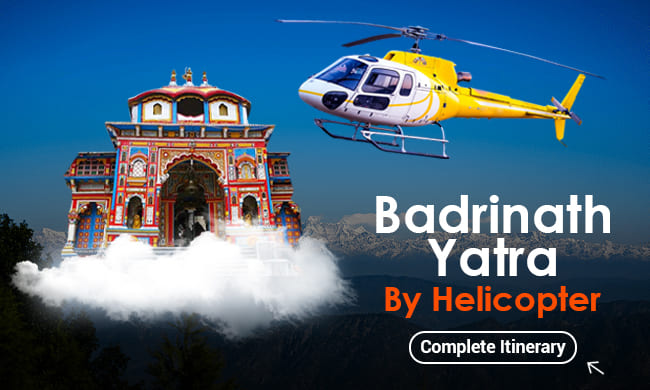
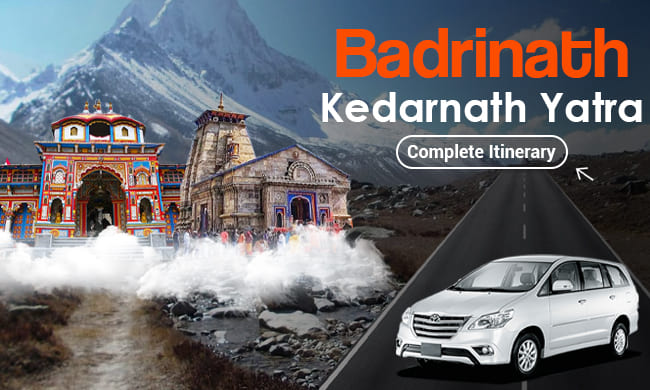
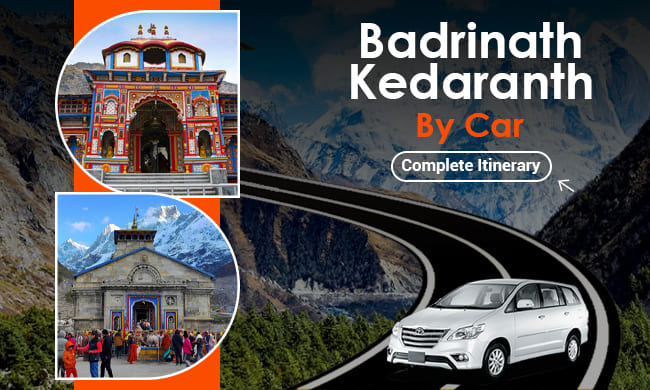

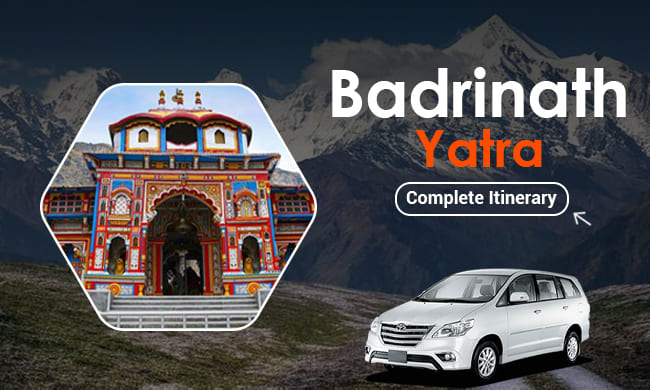
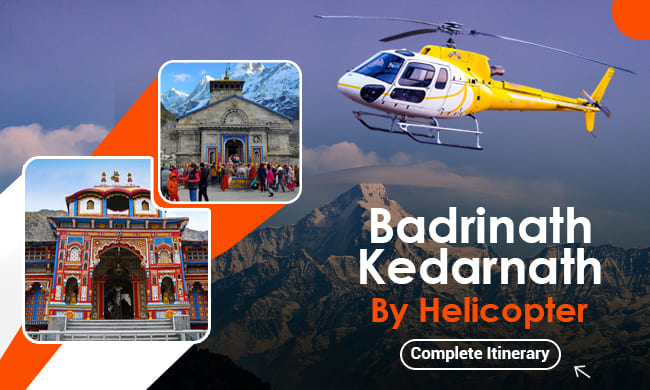
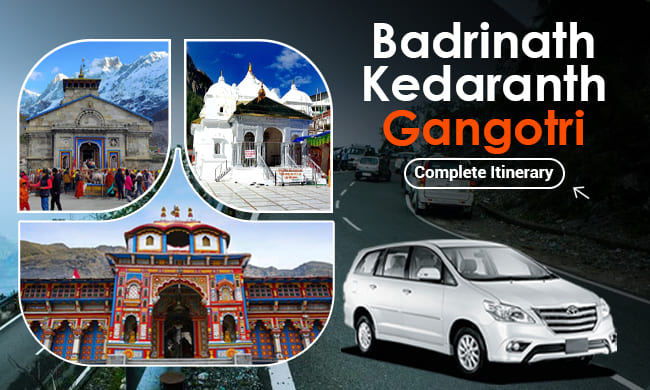
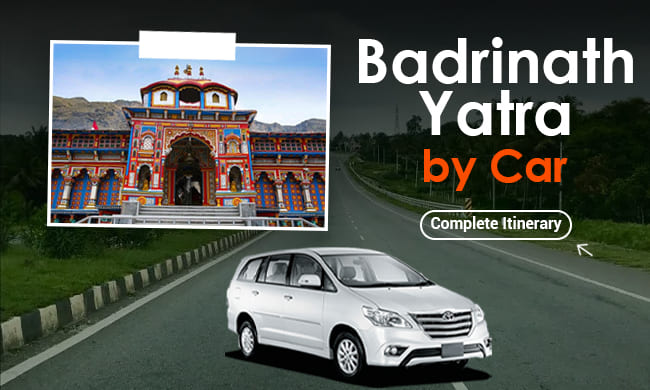
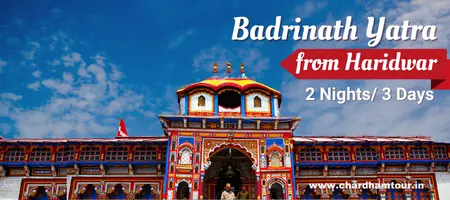
 Call
Call WhatsApp
WhatsApp Enquiry
Enquiry



